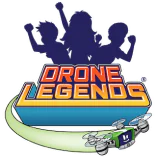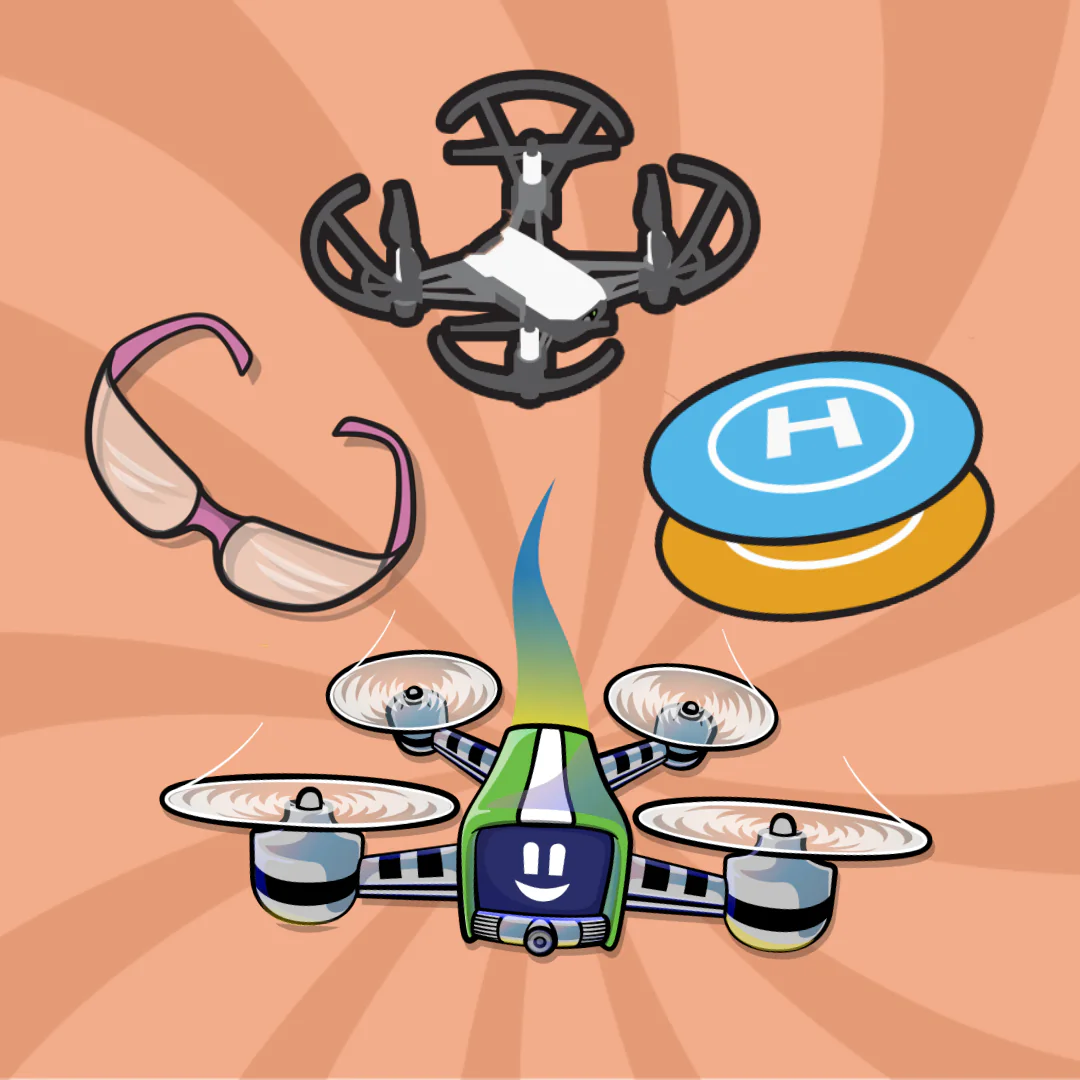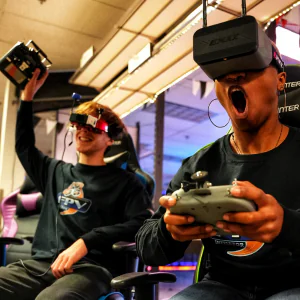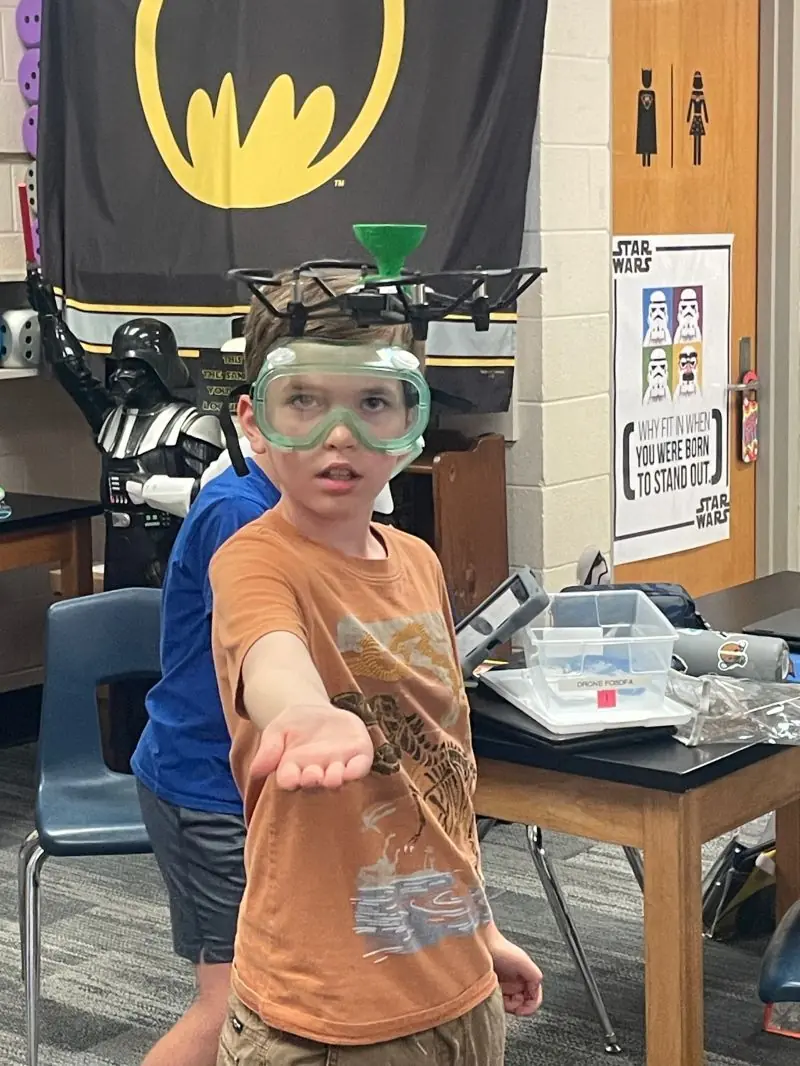Drones, sometimes known as unmanned aerial vehicles (UAVs), are versatile pieces of technology. They are as popular with enthusiasts and professionals as they are with students! So let’s dive deep into the world of drones. Here are the basics of drones to get you started!
What Are Drones?
Drones are unmanned aerial vehicles that are remotely operated or autonomously programmed to perform specific tasks. They come in various sizes, from small consumer models to large industrial-grade machines. They can be equipped with sensors, cameras, and other specialized equipment making them capable of capturing aerial images and videos, collecting data, delivering packages, conducting inspections, and much more. Drones have revolutionized industries such as education, photography, filmmaking, agriculture, infrastructure inspection, search and rescue operations, and even package delivery, offering unprecedented opportunities and efficiency. For kids in the classroom just getting acquainted with drones for the first time, Tello drones are a great option. We use them with our STEM Fundamentals drone curriculum because they are easy to learn and navigate.
Types of Drones
There are dozens of types of drones to choose from One of the most common kinds of drone are multirotor drones. That’s the type we use in the Drone Legends STEM Fundamentals curriculum. They are user friendly and can be easily piloted with a little practice. These drones are used for many purposes, most notably in photography and education. Another type are fixed-wing drones, which resemble miniature airplanes and excel in long-range missions and mapping tasks. A third type are hybrid drones which combine the features of multirotor and fixed-wing drones, offering more versatility and extended flight time. Each drone type has its advantages and is suited to specific applications and operational requirements.
Piloting Drones
Piloting drones takes a bit of practice, but it’s accessible enough that even kids can do it! Thecontroller or joystick helps you to navigate your drone where you want it to go. Once airborne, there are four basic movements of drone flight that need to be mastered by students:
- Throttle – vertical movement (up and down), sometimes called altitude.
- Yaw – rotation from left to right
- Pitch – backward and forward movement
- Roll – left to right movement without rotation

Once students get used to the terminology and the orientation of the drone, the sky is the literal limit!
Drone Safety
It’s important to stay safe as you pilot your drone! At Drone Legends, we have a safety checklist that we use to keep everyone safe while piloting in the classroom. No matter where you are, it’s important to make sure that your take off, flight path, and landing spaces are clear of people and objects. Ensure that you stay a safe distance away from the drone and tie back any loose hair or clothing so it doesn’t get caught. Make sure all batteries are fully charged and wear safety glasses!
Drones have transformed the way we interact with the world from above, and incorporating drones into STEM education helps students become acquainted with their endless applications across almost every industry. If this seems like something you’d like to have in your classroom, request a demo from Drone Legends today!





